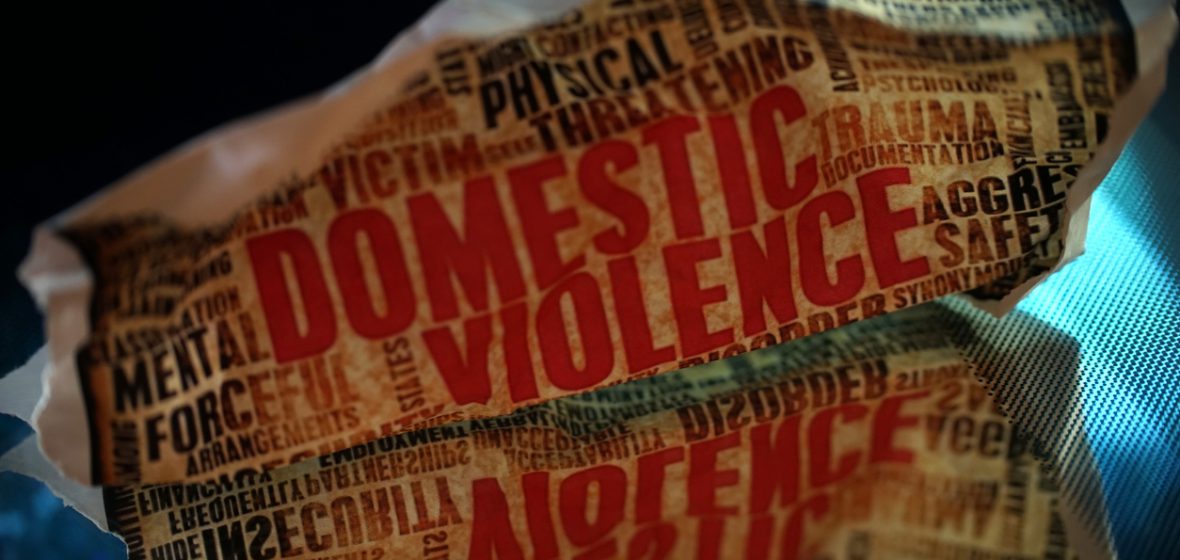Snapshot
- The Criminal Procedure Amendment (Domestic Violence Complainants) Act 2014 amends the Criminal Procedure Act 1986 to allow video or audio recorded statements taken from a domestic violence complainant to be admissible as their evidence-in-chief in criminal proceedings for a domestic violence offence.
- Known as the Domestic Violence Evidence in Chief (DVEC) reforms, the legislation is intended to support domestic violence victims in the criminal justice system, improve court efficiency and increase early guilty pleas.
- The reforms commenced on 1 June 2015.
The criminal justice system recognises that domestic violence is a unique form of offending. Complainants in criminal proceedings relating to domestic violence are at particular risk of re-traumatisation by the court process. They are usually required to testify in front of a perpetrator who may attempt to coerce them into withdrawing or deviating from their original police complaint. Many such complainants do not come to court, resulting in prosecutions failing for lack of evidence.
Operationally, since 2008 ‘Domestic Violence Evidence Kits’ have been distributed to police across NSW. The kits, which contain video and still cameras, are meant to assist in the collection of evidence and the recording of contemporaneous statements at the scene of a domestic violence incident.
Despite the availability of these kits, the usage rate has remained low due to evidentiary restrictions that, with limited exception, prevent the prosecution from relying in court on previously recorded video evidence.
Although NSW has statutory exceptions for particular witness categories, such as children and cognitively impaired persons (Criminal Procedure Act 1986 s 306V), the hearsay rule otherwise requires a witness to give sworn oral evidence of what they observed and experienced rather than relying on a past statement (Evidence Act 1995 s 59).




